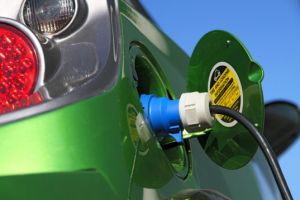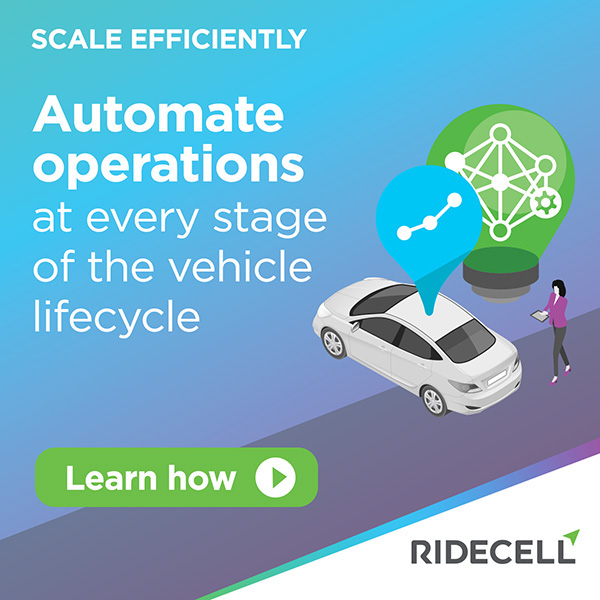
There’s little question that autonomous vehicle development will do more to spur electric vehicle sales than $6-a-gallon gas, but would a surge of EVs on our roadways bring an environmental benefit?
That depends on where you live. In Michigan and most of the industrial Midwest the answer is no, according to a study conducted by Stephen Holland, professor of economics with the University of North Carolina, Greensboro.
In Los Angeles, San Francisco, Portland, Seattle and the larger cities of Texas, the answer would be a resounding yes. In New York, it’s basically a wash.
“In the West utilities don’t use much coal, but (they) do use a lot of natural gas and hydroelectric power,” Holland said.
As vehicles powered by electricity make up a larger percentage of the nation’s fleet over the next generation, demand for electricity could surge. That extra power has to come from somewhere — and right now, nearly two-thirds of electricity generated in Michigan comes from burning fossil fuels.
There is a movement already under way to retire aging coal-fired plants and replace them with capacity fueled by natural gas, hydroelectric, solar and wind. But some worry about future capacity as demand likely rises and the pressure increases to add a higher percentage of potentially less-reliable renewable sources to the mix. The sun does not always shine and the wind does not always blow. There is also an extra cost to ratepayers of bringing cleaner energy online.
According to the most recent state-by-state energy profiles published by the U.S. Energy Information Administration, between 37% and 38% of electricity generated in Michigan came from coal-fired plants, 27.5% comes from natural gas, 29% comes from nuclear, 5% from renewables such as wind and solar, and 1% comes from hydroelectric.
In California none of the state’s electricity comes from coal. Nearly half, 48%, comes from natural gas, 27% comes from renewables, 17% comes from hydroelectric power and 8% comes from nuclear generators.
Holland cautions that the cost-benefit analysis is more complicated than the energy sources of a state’s or city’s grid. “Electricity doesn’t stop at utility borders,” he said.
In addition, tailpipe emissions from gas-burning cars can do more harm in regions such as Los Angeles, which is set in a basin or natural bowl rimmed by mountains where pollutants can become trapped.
Holland and his research team focused on five pollutants — carbon dioxide (CO2), sulfur dioxide (SO2), nitrogen oxide (NOx), particulate matter (PM 2.5), and volatile organic compounds (VOCs). They considered 11 different 2014 models of electric vehicles and the “closest substitute” gas car.
Whenever possible they used an exact equivalent, as with the Ford Focus, which comes in both electric and gas-powered versions.
Read more of the original article at Detroit Free Press.




